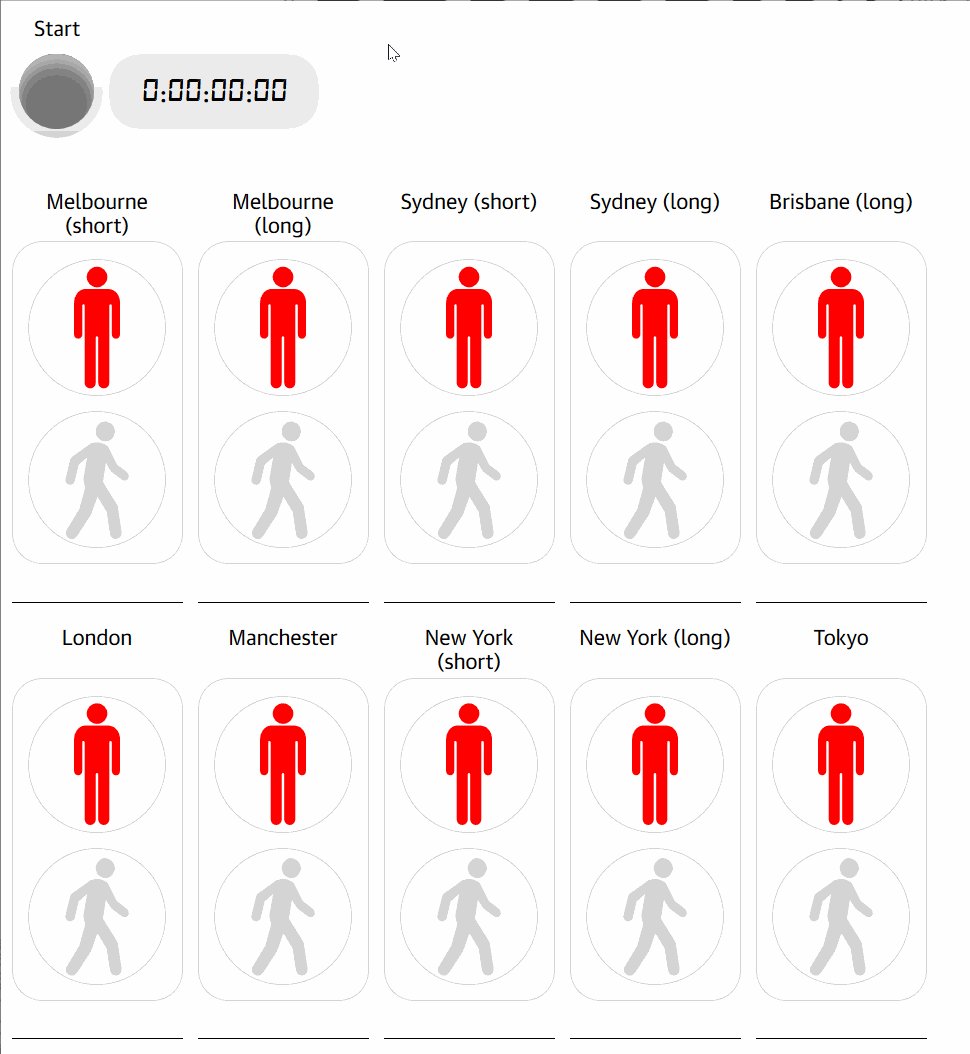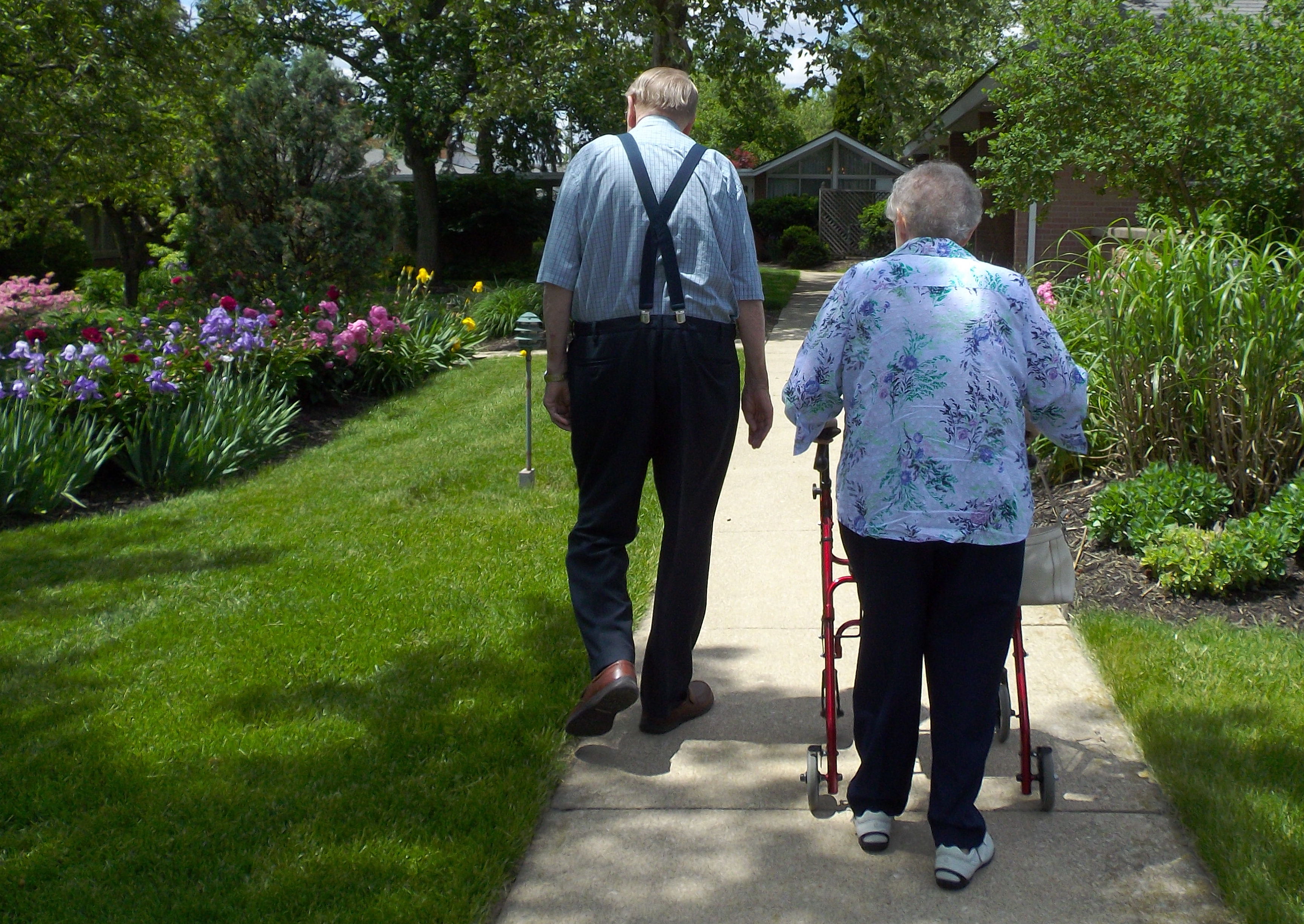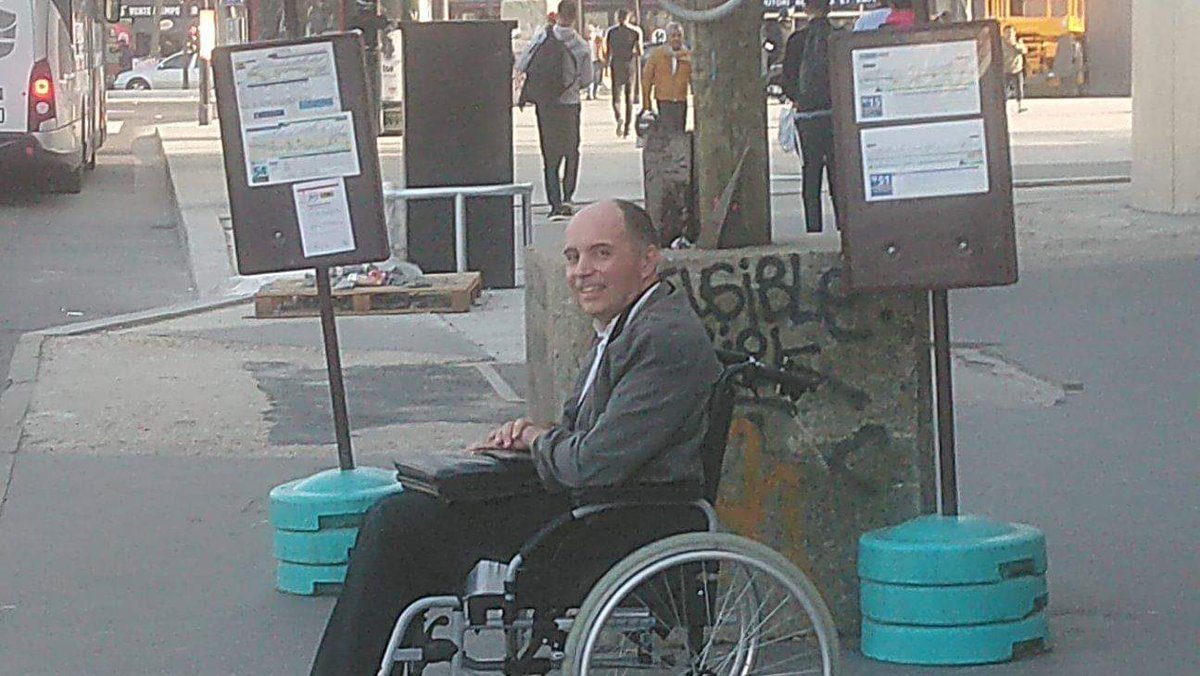
It’s time to take a look at what is happening for walkers and rollers in Metro Vancouver and the news is not good. The City of Vancouver tries the salvo of comparing the number of pedestrian deaths to other major cities in the world which is not really relevant.
In the City of Vancouver there is no major freeway with off ramps through the city and not many places where people can legally travel over 50 kilometers an hour on streets, so any comparison to another major international city with such infrastructure is apples and oranges. But it shows that instead of seriously looking at curb ramp infill and enhancing the walking and rolling environment the City chooses to change the subject.

Metro Vancouver municipalities need to see the enhancement of sidewalks and the walking and rolling environment as vitally important. Curb ramp infill at every corner needs to be done, and should not be delayed for budgetary reasons.
Vehicle driver speed is responsible for one third of all crashes, and implementing slower speeds allows for higher pedestrian survival rates. If 90 percent of pedestrians can survive a vehicle driver crash at 30 km/h and if only 10 percent of pedestrians can survive a vehicle driver crash at 50 km/h, why not implement that survivable speed, as they have done in countless cities in Europe? Why is it in a province that champions universal health care is the ability to implement 30 km/h speeds in municipalities NOT the top priority of the provincial government?
A simple glance in the Coroners’ Service Statistics for 2021 show that despite the pandemic and the fact supposedly less people were driving, 56 pedestrians died in the Province. In comparison in pandemic 2020 there were 35 pedestrians killed.
During the pandemic municipalities encouraged walking and cycling, and in the case of Vancouver implemented Slow Streets as a measure to provide more room for walking and rolling. Given the estimates that 30 to 40 percent of people are still doing some work from home or changing their daily commute, the fact that the number of pedestrians being killed has dramatically risen shows that more needs to be done for pedestrian infrastructure.
In 2022 to date seven pedestrians have died. That is seven people who won’t get home to their families.
In 2021 ten pedestrians died, four while walking or rolling on Vancouver sidewalks.
Figures from March 2019 show that Canada has a rate of 5.8 road deaths per 100,000 people. We can look at the United States with their extensive road networks and a death rate of 12.4 per 100,000.
But that’s not where we should be comparing. Best practices are in Europe, which is bringing in vehicle speed regulators, has championed slower speeds , implemented country wide speed cameras and just become serious at implementing Vision Zero, ensuring that no road deaths happen.
Our rate of death in Canada is double that of the United Kingdom at 2.9 and of Switzerland which is 2.2 .
And pedestrians in Canada are more likely to die than vehicle passengers or motorcyclists in a vehicle driver crash.
In British Columbia between 2012 and 2021 55 people a year have died by driver crashes while walking or rolling.
Most of those dead were men at 58 percent of fatalities, and 60 percent of all deaths are people over the age of 50 years. Fraser Health Unit (which includes Delta, Surrey and Burnaby) had 207 people die in this nine year period, while Vancouver Coastal Health had 127 people die. In terms of cities, Vancouver had the highest number of deaths at 87, with Surrey the second highest at 77 lives lost.
While it is now proven that walking and mobility are vital for sociability, engagement, and continued physical and mental health, the City of Vancouver has ignored this most important part of micromobility.
A new study also shows that even light walking after a meal improves health and blood sugar levels and enhancing walkable infrastructure keeps citizens of all ages mobile. Sidewalk and walking infrastructure keeps citizens healthy.
In a city that is worried about providing adequate park space in the Broadway Plan and in a Metro Vancouver area that is now fretting about parks being at capacity it simply makes sense to expand the lessons learned on the city’s greenways network which championed walking.
We need to offer all age accessibility on every walking and rolling environment and sidewalk in Vancouver. That also means a rethink of Vancouver Council’s “vehicles first” policy which allows for personal Electric Vehicle cord charging conduits to be placed across sidewalks.
One more example where sidewalk users, undoubtedly the most sustainable mode of transportation are relegated to being second class citizens to electric vehicles. Where is the equity?
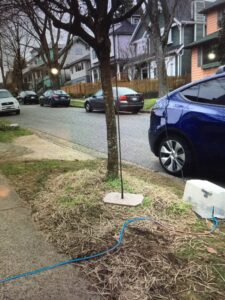
Accessible sidewalks, safe intersections, the use of raised crosswalks have all been done in Vancouver. The raised crosswalk brings walkers and rollers to the same level of vehicles, and means there is no grade change from the sidewalk. Other than a few examples, the city has ignored implementing this as a programmed element in street changes or major development.
The City of Vancouver’s own numbers show why the walking environment needs to be enhanced now: 45 percent of pedestrian fatalities are seniors, and 50 percent of all pedestrian fatalities and serious injuries happen at night. Half of all the vehicle driver crashes in the city that are fatal or life changing injuries involve pedestrians and cyclists. And most of those vehicle driver crashes occur in Vancouver’s low light and rainy winters, meaning that walking infrastructure and lighting should be enhanced and posted vehicle driver speed decreased.
In a province where nearly 80 percent of all driver crashes with pedestrians occur at intersections it just makes sense to improve the walking and rolling infrastructure, slow vehicle driver traffic down, and save people from serious injury and avoidable death in municipalities.
Why is wellbeing and mobility of residents at this micromobility and sustainable level not a priority?


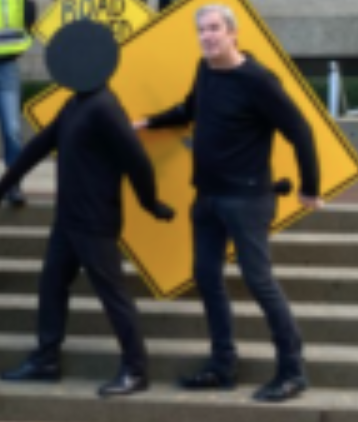
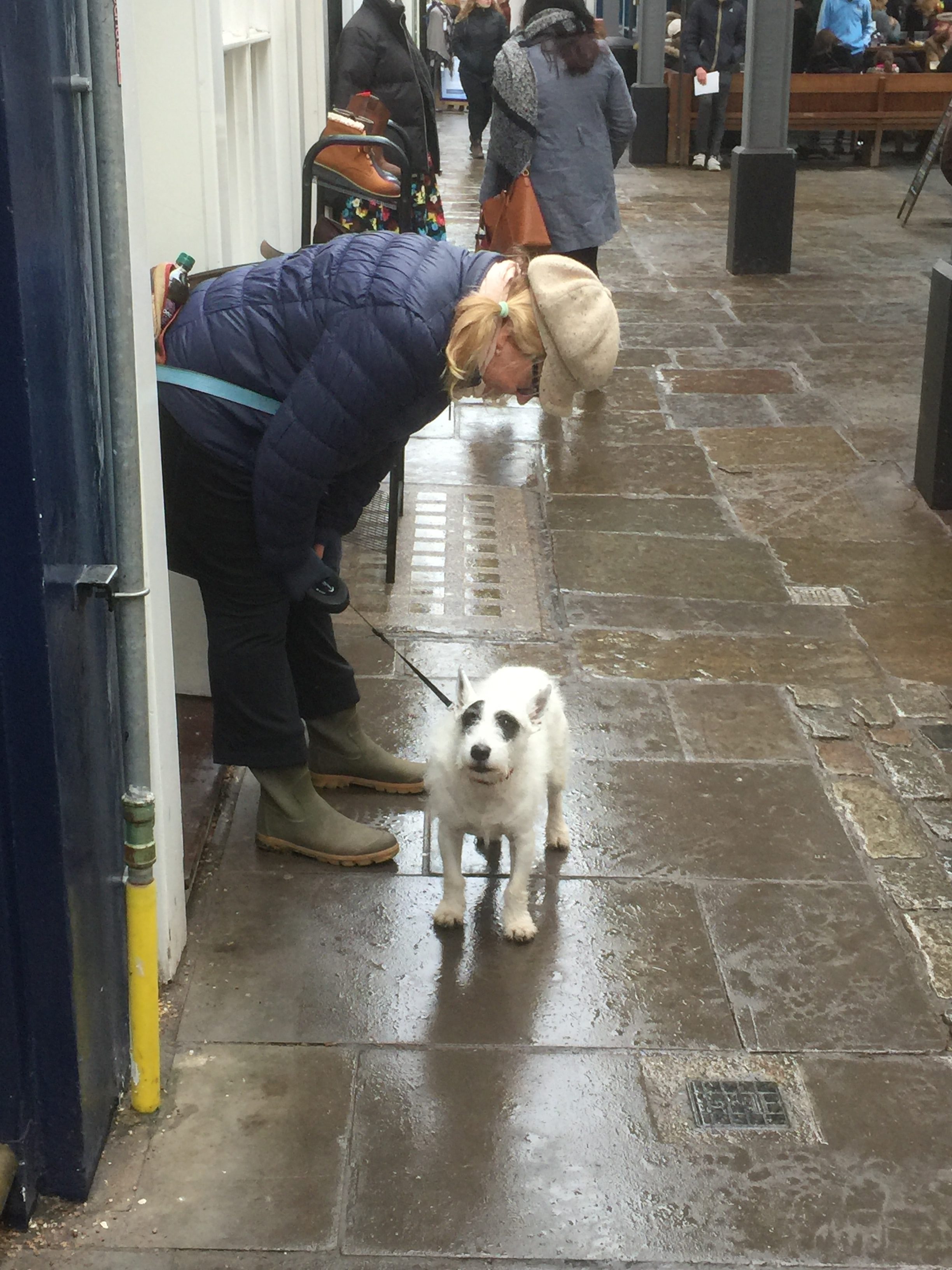

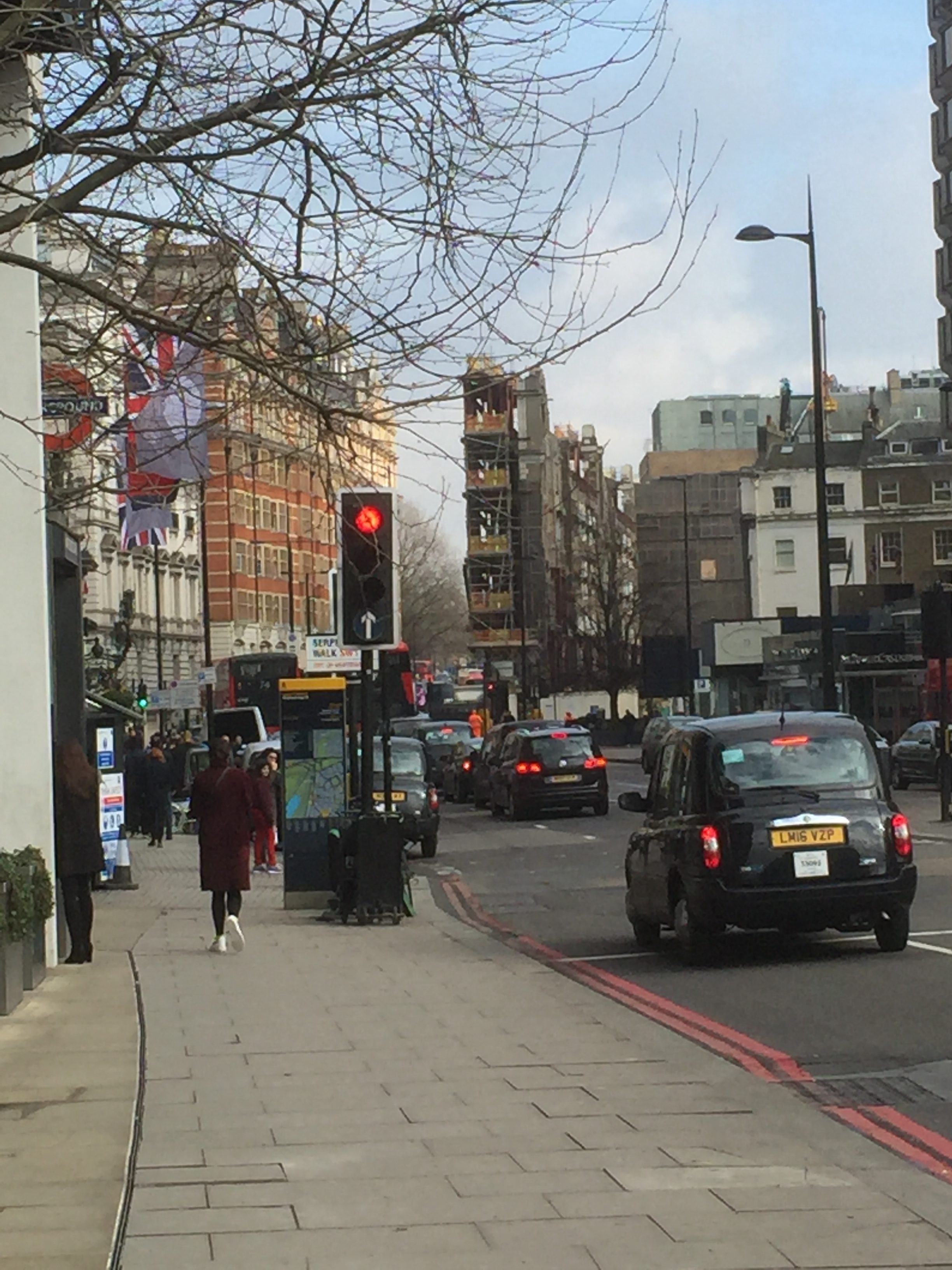
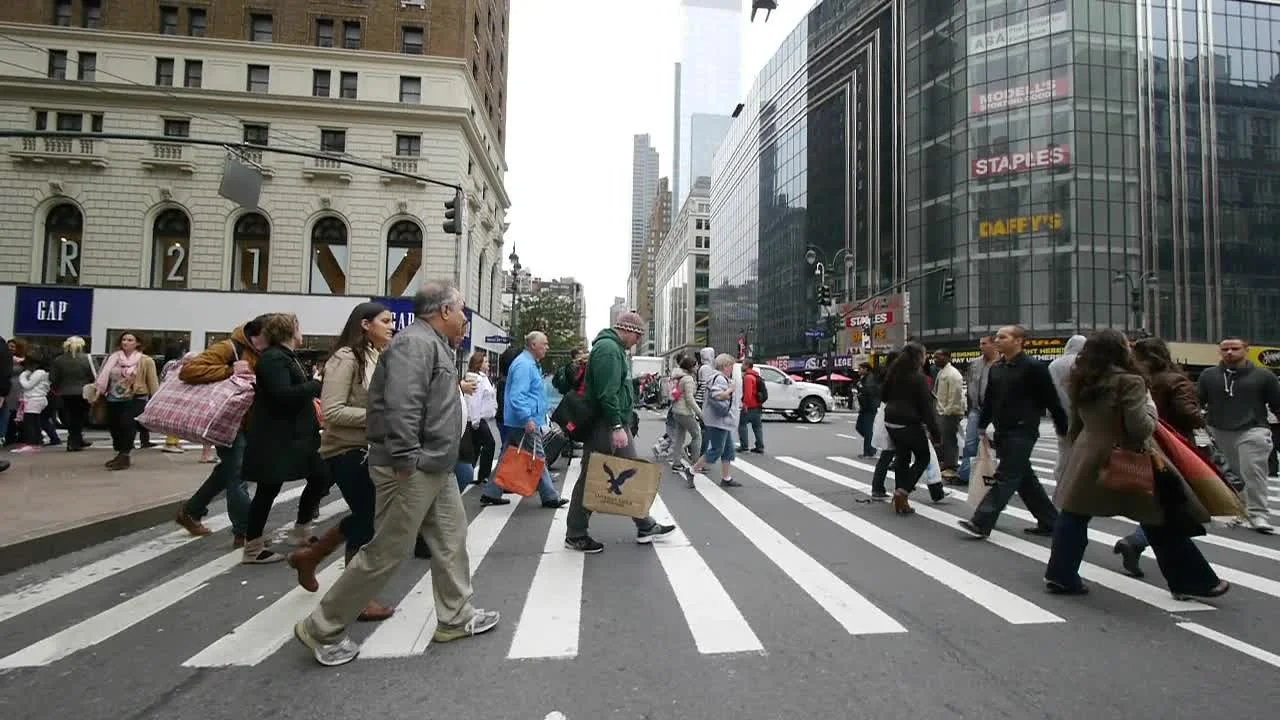

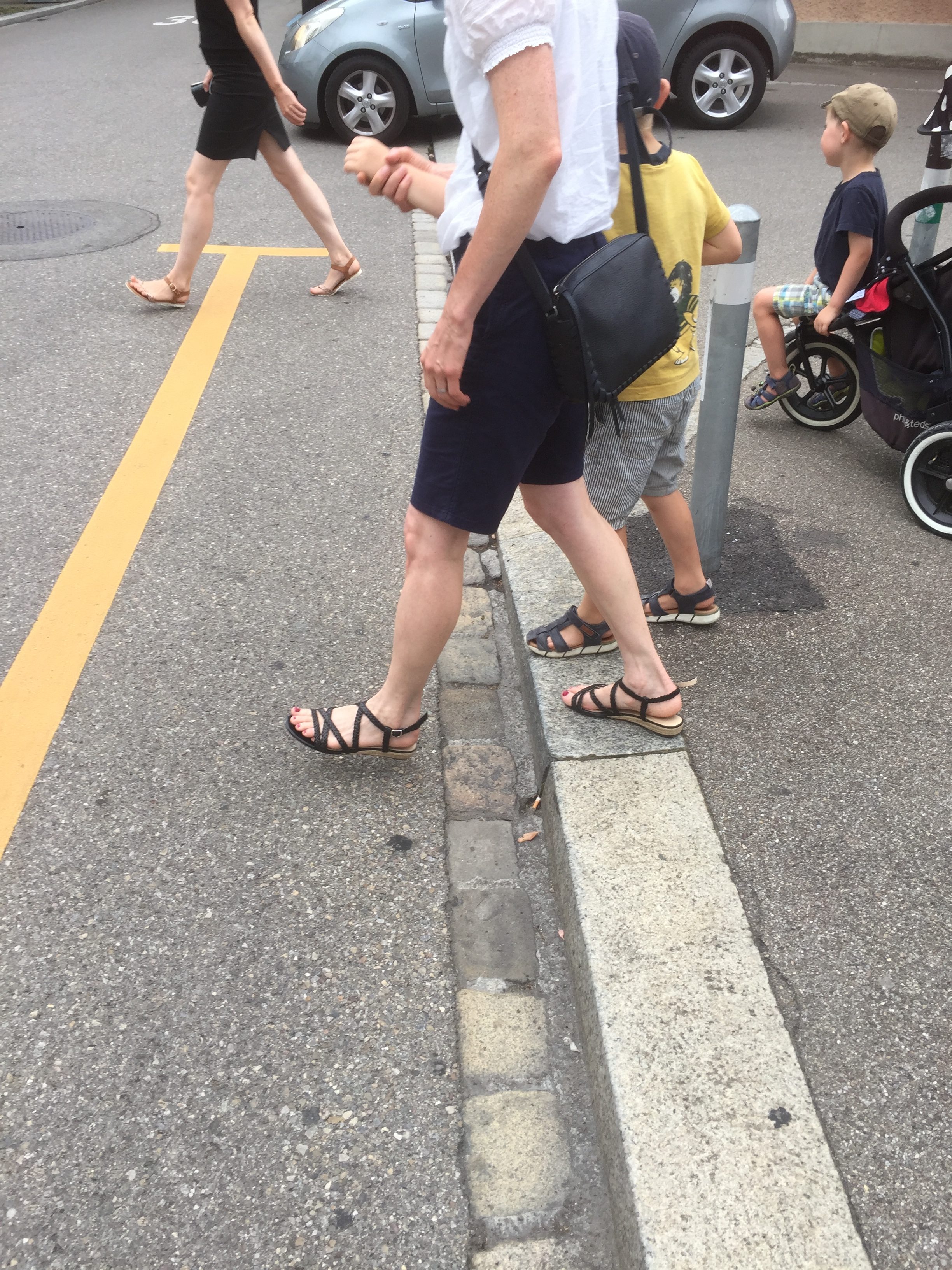


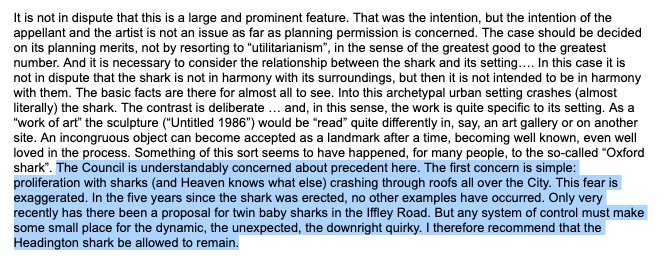

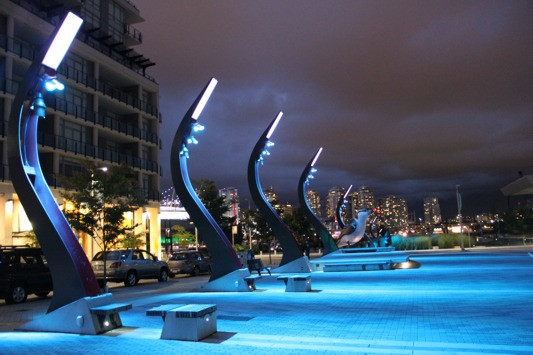


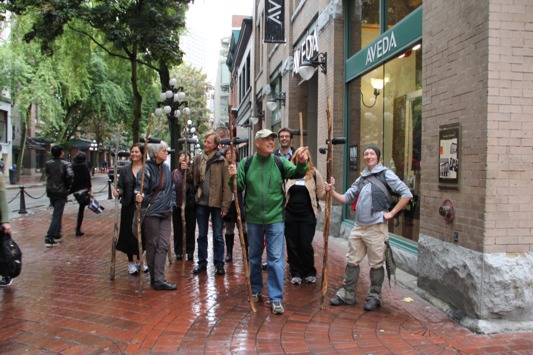

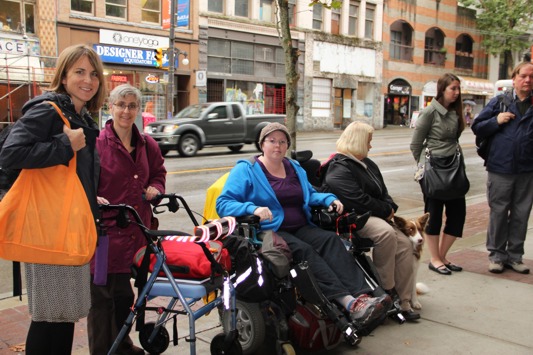


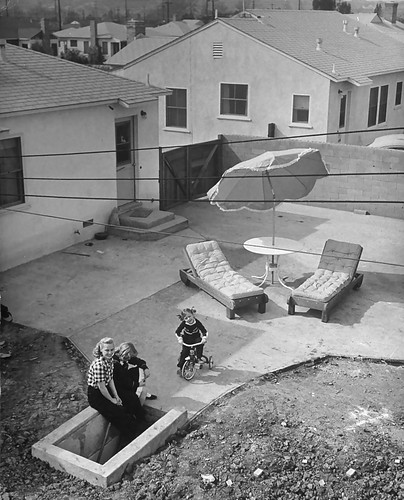

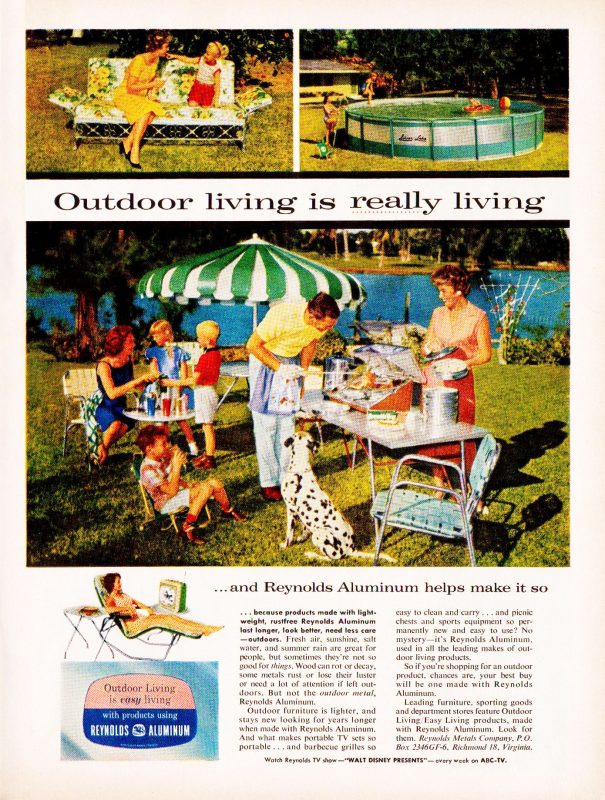
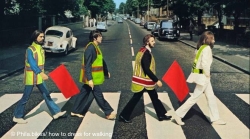
 Image Sandy James
Image Sandy James